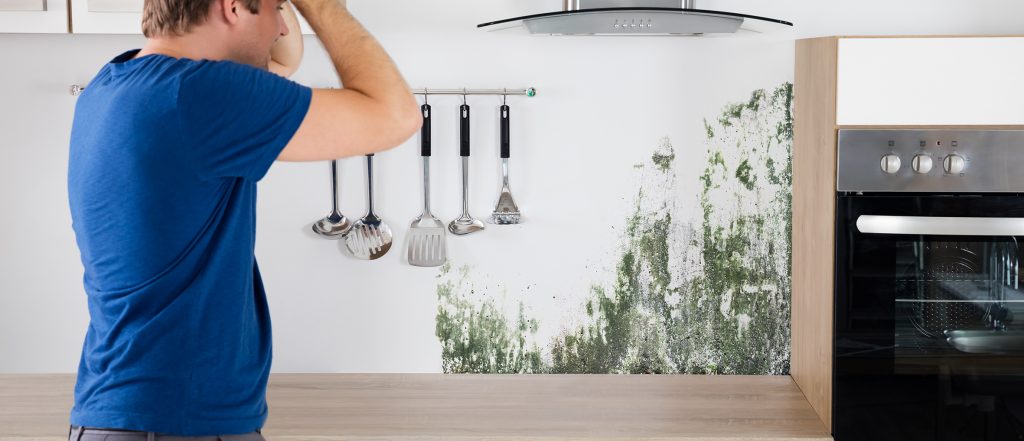Damp is an issue many homeowners have to deal with. It is especially common in older buildings and in areas where the climate is always cool and moist. While it may be tempting to just ignore a damp problem, it is in your best interest that you don’t.
This is because, even the mildest form of damp will significantly worsen if left untreated, thus, leading to damages that require serious and expensive repairs.
Below are some of the dangers of ignoring dampness in your home.
Consequences of Ignoring Rising Damp
Rising damp occurs as a result of ground moisture travelling up through the walls by capillary action. When left untreated, rising damp can cause your wall paint to blister and flake off, thereby ruining your home’s interior decor. It can also lead to peeling wallpaper and damage to the internal woodwork (rotten skirting boards, swelling or warping of door casings and doors).
Structural damages may also result from untreated rising damp. For example, if moisture seeps into the structural timber (floor joists), moulding and rotting occur, causing the entire floor to be at risk of falling through. The ground moisture may also form salts in your building’s brickwork and mortar, leading to crumbling bricks, blown pointing and spalling (which can make your home vulnerable to penetrating damp).
High heating cost is another issue caused by untreated rising damp. This is because rising damp usually results in cold walls and you may end up having to run your heating systems more often (and at higher temperatures) just to compensate. This ultimately leads to an increase in heating bills.
Consequences of Ignoring Penetrating Damp
Penetrating damp occurs when outside moisture gets into the interior of your home. Structural defects such as; cracked or missing roof tiles, damaged flashing and pointing, faulty or damaged guttering, a poor drainage system and even faulty or leaky pipes are the common causes of penetrating damp.
If ignored, penetrating damp can cause significant damages to your building in the form of misshapen and damaged plaster, which then results in blistering paint. A fluff-like residue and localised damp patches may also form on the surface of your interior walls. Your floors, timber, ceilings and walls will also continue to deteriorate if you allow penetrating damp to linger.
Consequences of Leaving dry rot Untreated
Dry rot is a very severe form of damp that, if left untreated, can cause irreversible damage to your property. It is a type of fungal decay that happens when wood becomes too wet and is attacked by wood-destroying fungus. Once dry rot starts, it rapidly spreads across your building’s masonry leading to all of its timber being destroyed. Both old and new buildings can be affected by dry rot. If left untreated, dry rot can weaken your building’s structural integrity to the point of complete collapse.
Untreated Damp Poses a Health and Safety Risk
All forms of damp (rising, penetrating and condensation) present the threat of mould growth, which can be harmful to health. Fungi and microscopic bacteria tend to thrive in damp environments and if you inhale air filled with mould spores, it could affect your respiratory system.
According to the NHS, the presence of mould and damp increases the risk of respiratory problems, especially for people who are very young, elderly, or suffering from allergies, lung conditions, and weakened immune systems. Some research even suggests that people are twice as likely to suffer from asthma in damp homes than they are in homes without any damp problems. Damp can also lead to respiratory ailments like chest pains, bronchitis and breathing difficulties.
Ignoring Damp Results in Costly Repairs
Allowing a damp problem to linger will only cost you more money in repairs. In some cases, you may have to even replace your entire flooring, skirting boards, ceilings and brickwork in addition to damp proofing. The only way to keep your repair costs down is by addressing damp problems as soon as they appear.
Conclusion
Damp is a common issue that can very quickly lead to serious, and sometimes irreversible damages if left untreated. It also poses a risk to your property’s structural integrity and your health, so it is important that you do not ignore the signs. Ensure that you are searching for ‘damp specialists London’ to resolve your issue in an efficient and effective manner.
